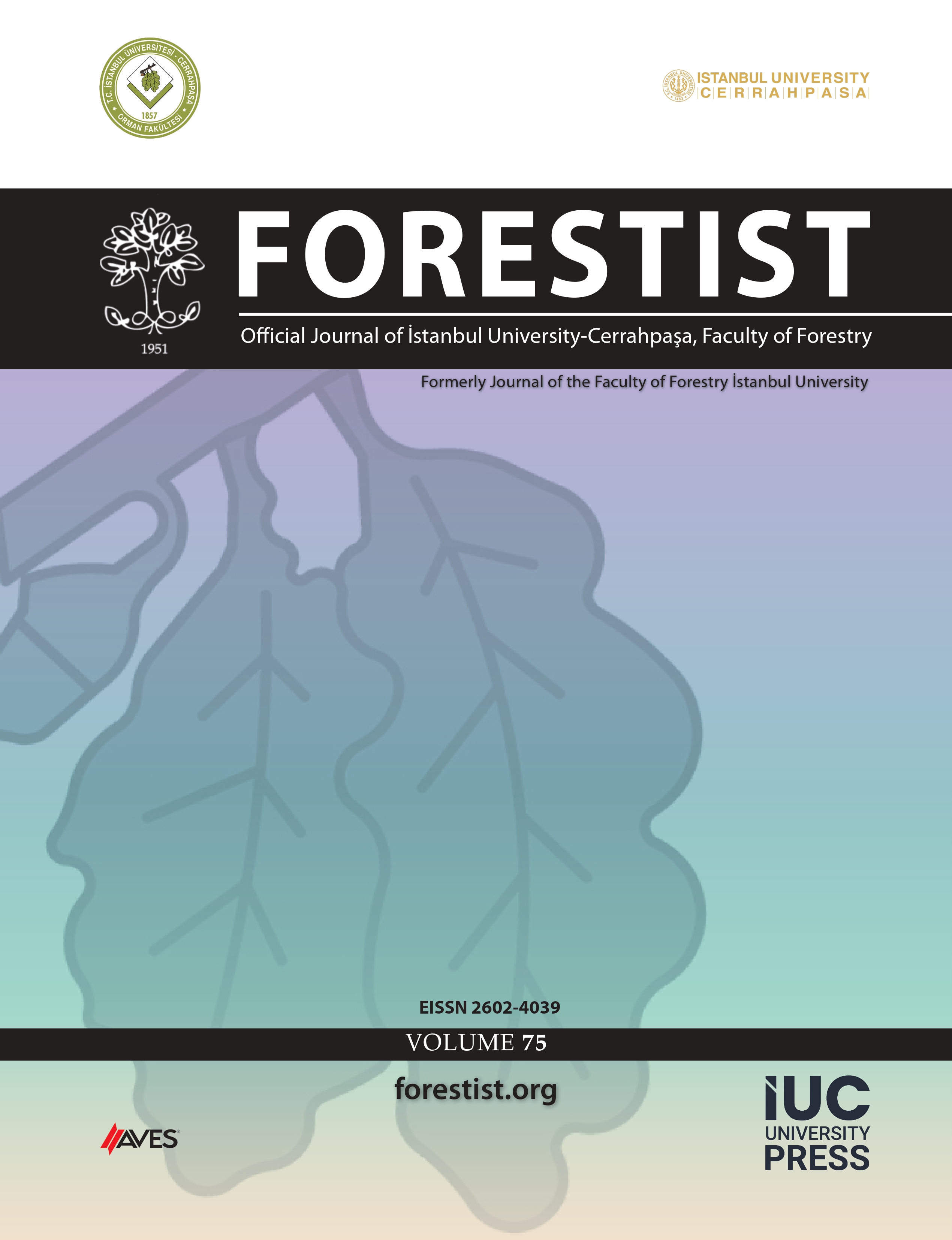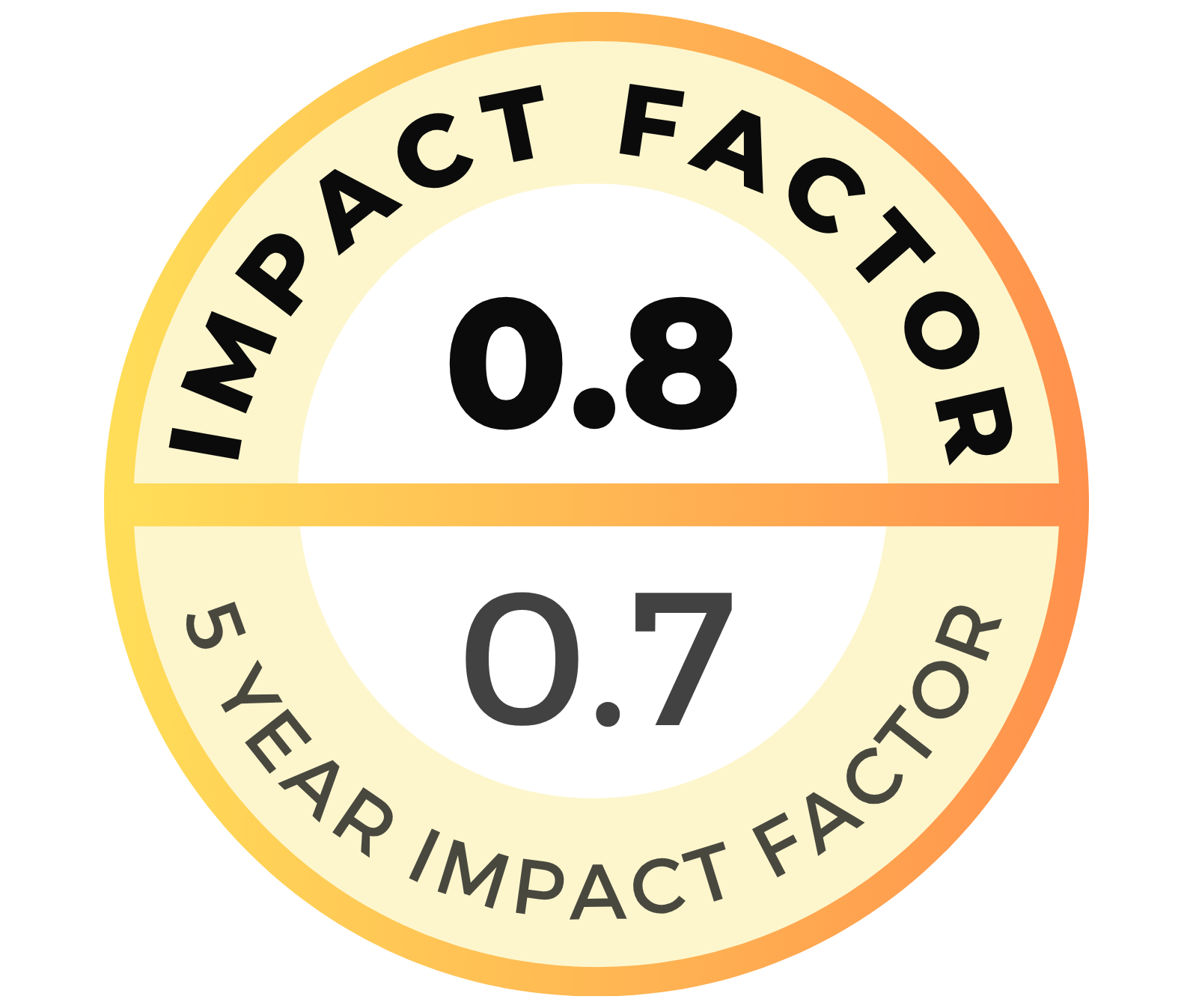Understanding the characteristics of woody species is crucial for effective forest management and conservation. Therefore, this study aimed to examine and provide baseline data on the diversity and vegetation structure of woody species in the Shatto natural forest in southwestern Ethiopia. Vegetation data were collected from a total of 30 plots, each measuring 20 m × 20 m laid at 200 m intervals along the transect lines using a systematic sampling method. The results of the study showed that 45 species of woody plants belonging to 43 genera and 30 families were identified in the studied forest. Rubiaceae was the dominant family with the highest number of 4 (8.89%) plant species. The studied forest had a Shannon diversity index (H’) of 3.47 and an evenness (E) value of 0.89. The five most abundant species in the studied forest were Acanthus eminens CB.Clarke (76.67%), Vepris dainelli (Pichi-Serm.) Kokwaro (73.33%), Ilex mitis (L.) Radlk (66.67%), Dracaena afromontana Mildbraed (63.33%), and Prunus africana (Hook.f.) Kalkm (60%). Furthermore, the forest had an average basal area of 87.58 m2 per hectare. The analysis of the DBH and the distribution of the height classes showed that the forest was following an inverted J-shaped pattern. The study further showed that Pouteria adolfi-friederici (Engl.) Baehni, I. mitis (L.) Radlk, P. africana (Hook.f.) Kalkm, Schefflera abyssinica (Hochst.ex A.Rich.) Harms, and Syzygium guineense (Willd.) Dc were the top five important species, accounting for 80.71% of the total importance value index (IVI). The study recommends that species with high IVI values should be prioritized for conservation. Policies should emphasize the protection, sustainable management, and restoration of habitats that support these species.
Cite this article as: Tadesse, S., & Tamiru, A. (2025). Diversity and vegetation structure of woody species in shatto natural forest, Southwest Ethiopia. Forestist, 75, 0053, doi: 10.5152/forestist.2025.24053




.png)
